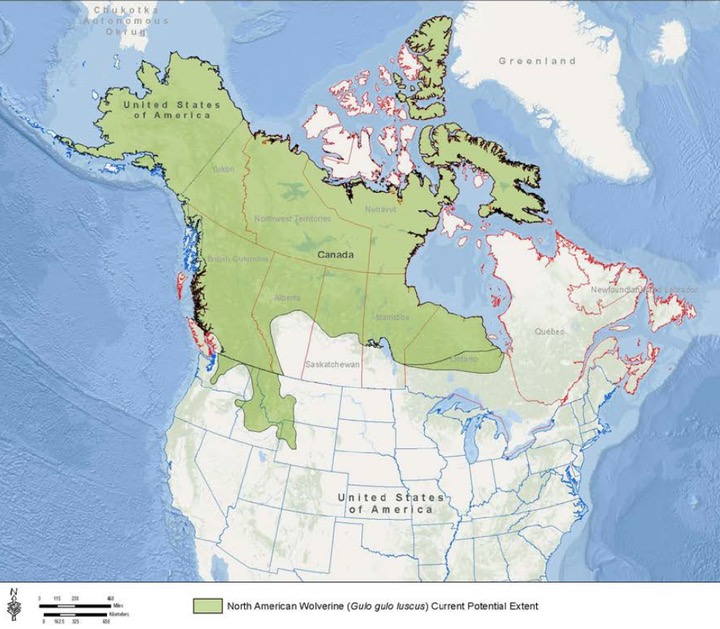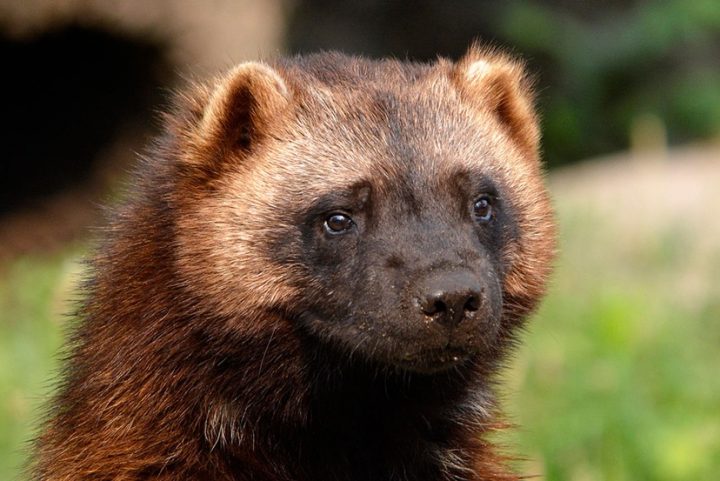By Joe Szuszwalak
The best available science show that the factors affecting wolverine populations are not as significant as believed in 2013 when the U.S. Fish and Wildlife Service (Service) proposed to list the wolverine found in the contiguous United States as threatened. New research and analysis show that wolverine populations in the American Northwest remain stable, and individuals are moving across the Canadian border in both directions and returning to former territories.
The species, therefore, does not meet the definition of threatened or endangered under the Endangered Species Act (ESA). Accordingly, the Service has withdrawn its listing proposal.
“In the time since our original proposal, the science on wolverine has been greatly advanced thanks to the work of state wildlife agencies and researchers in the U.S. and around the world,” said Noreen Walsh, Regional Director for the Service.
The wolverine is the largest terrestrial member of the weasel family Mustelidae, which includes weasels, otters, ferrets and martens. Adult male wolverines weigh 26 to 40 pounds and adult females weigh 17 to 26 pounds. Resembling a small bear with a bushy tail, the wolverine has a broad, rounded head, short, rounded ears and small eyes.

The lower 48 states are at the southernmost edge of the species’ range and the species was nearly eliminated from this part of the continent in the early 1900’s. Today, however, wolverines dwell in the higher elevations of Washington, Montana, Idaho, Wyoming and a small corner of Oregon, where more than 90 percent of their suitable habitat is located on federally owned public lands and wilderness areas. The majority of wolverines on the North American continent are found in the arctic and sub-arctic regions of Alaska and western Canada.
New information from genetic and observational studies shows that wolverines in the lower 48 are connected to populations in Canada and Alaska, these populations interact on some level, and migration and breeding is possible between groups. For example, wolverines in the North Cascades region of Washington are known to move into British Columbia. Furthermore, there are no differences in management between wolverines in the lower 48 and Canada that are significant or represent an inadequacy of regulatory mechanisms to conserve the species. Wolverines in the lower 48 states do not qualify as a distinct population segment and they are instead an extension of the population of wolverines found further north.
The body of science used to make today’s determination includes a species status assessment (which you can download here), an independently peer-reviewed scientific report, and an evaluation of potential stressors.
With this week’s announcement, the species will continue to be managed by state wildlife agencies and tribes with assistance from other land management and conservation partners.

